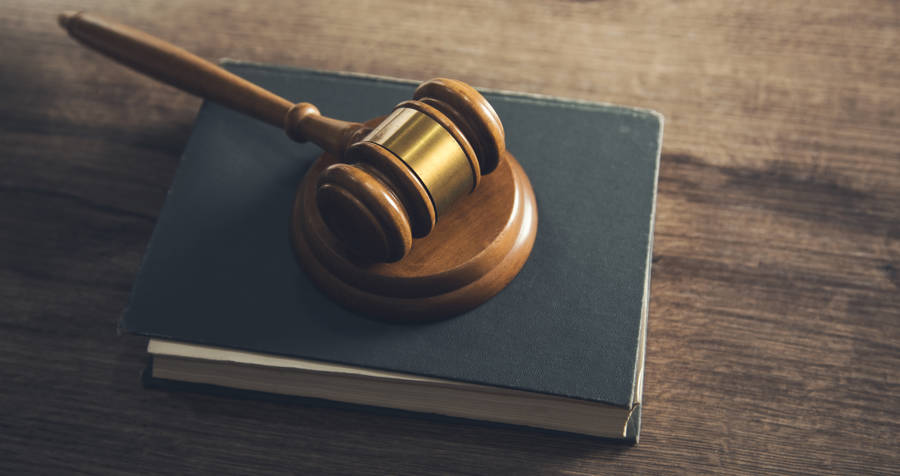Co-ownership and Private Unit Damage: What the Court Says
A recent ruling clarifies the limits of syndicate liability when damages occur inside a private portion

News
Damaged flooring after a tenant’s death: Who should pay?
On March 18, 2025, the Court of Québec – Small Claims Division – issued a particularly insightful ruling concerning divided co-ownership. In this case, a co-owner was claiming $15,000 from her syndicate following the tragic death of her tenant in the unit she owned. According to the co-owner, the death caused damage that required major cleaning and the replacement of the flooring. She believed the syndicate should cover the costs. This judgment raises a recurring question: in what situations can a syndicate be held liable for damages within a private portion?
The facts
Catherine Nault owns a condo unit that she had been renting out since 2011. In November 2021, her tenant sadly passed away in the unit due to a hemorrhage. Ms. Nault then undertook cleaning and restoration work, including the complete replacement of the flooring.
She claimed the maximum amount allowed by the Small Claims Court — $15,000 — to cover invoices totaling more than $15,150. These included specialized cleaning services, removal of contaminated flooring, purchase of new materials, and installation of new flooring.
The syndicate’s position
The syndicate denied any responsibility. In a letter dated August 19, 2022, it argued that the damages claimed were not directly caused by the hemorrhage but rather stemmed from the generally poor condition of the unit, attributed to the tenant’s use and possibly the presence of animals.
The syndicate also noted that the flooring, over ten years old, was already in poor condition and did not warrant full replacement at its expense. It further accused the claimant of attempting to “profit at the expense of the other co-owners.”
Burden of proof
A key issue in this case was the claimant’s failure to provide convincing evidence. No expert report was submitted to establish that the hemorrhage caused the damage requiring repairs. No testimony from the service providers (Qualinet, KBS, Planchers 440, Finitions KMA) was presented either, and the claimant failed to establish a direct and exclusive link between the death and the flooring damage.
Under articles 2803 and 2804 of the Civil Code of Québec, the burden was on her to demonstrate that the syndicate was responsible for the event and that the repairs were justified.
The syndicate’s expert report
In contrast, the syndicate submitted a technical report from a chemist with the Ordre des chimistes du Québec. The report concluded that it was difficult to establish a link between the floor’s condition and the incident. The expert noted that warping was present throughout the unit, not only where the hemorrhage allegedly occurred.
She also stated that a floor with a protective finish can resist occasional splashes and that any damage caused by a liquid such as blood would be localized. Without specific analyses, such as luminol testing to detect blood, there was no way to prove the damage came solely from the incident.
Moreover, no full report from a post-disaster cleaning company was provided to confirm the extent of the work.
Pre-existing condition of the unit
Another important factor was the unit’s prior condition. The flooring was over ten years old, which typically marks the end of its useful life in a co-ownership setting. Even if some damage had been proven, it is unlikely the syndicate would have been required to fully replace the flooring.
The Court also recalled that the obligation to mitigate damages (article 1479 of the Civil Code of Québec) applied to the claimant, who did not demonstrate reasonable conduct regarding the type and scope of the work performed.
The syndicate’s role
While the syndicate must insure the entire building, including private portions (article 1073 of the Civil Code of Québec), this does not automatically make it liable for all damage occurring inside a unit. The damage must be linked to a cause the syndicate is responsible for, or to an event covered by the syndicate’s insurance.
In this case, there was no evidence that the syndicate caused or contributed to the damage. The Court ruled accordingly: the claimant failed to meet her burden of proof, and her claim was dismissed, with no costs awarded.
In conclusion
This ruling reminds co-owners that before undertaking costly repairs following an incident in their unit, it is essential to document the cause and scope of the damage, consult the syndicate, and retain all supporting evidence. A claim based solely on invoices is unlikely to succeed, especially if the unit was already in poor condition.
The decision also reinforces that syndicate liability does not arise automatically when an incident occurs in a unit. The declaration of co-ownership, the prior condition of the premises, expert reports, and the co-owner’s obligation to limit damages are all key elements that courts will consider.
Case commented: Nault v. Syndicat de la copropriété Le Domaine André-Grasset phase 5, 2025 QCCQ 83
This judgment highlights the limits of syndicate liability and the importance of properly documenting a claim as a co-owner.
GOOD TO KNOW
🔹 The syndicate is not automatically liable for damage inside a unit. Clear evidence is always required.
KEY TAKEAWAY
📌 Without expert reports or credible testimony, even a claim backed by invoices may be dismissed by the Court.
BE CAREFUL
⚠️ A floor already in poor condition before an incident does not justify full replacement at the syndicate’s expense.
Login to view this content
Become a member
Access all our services and a vast network of experts by becoming a member of the RGCQ.